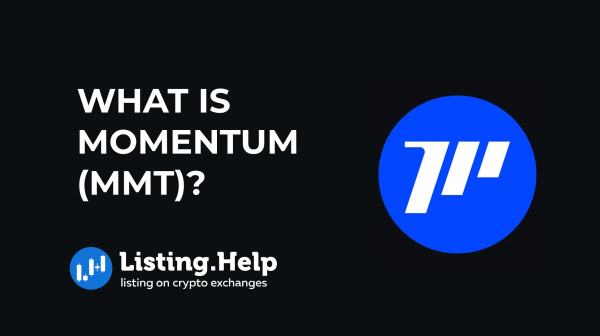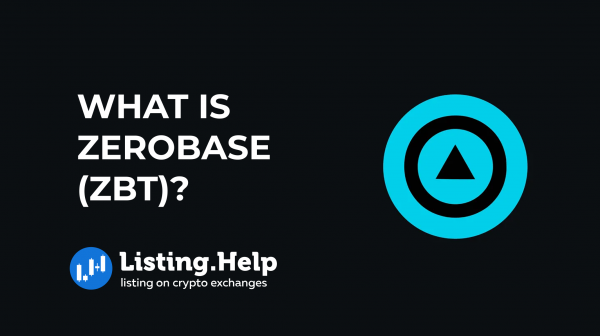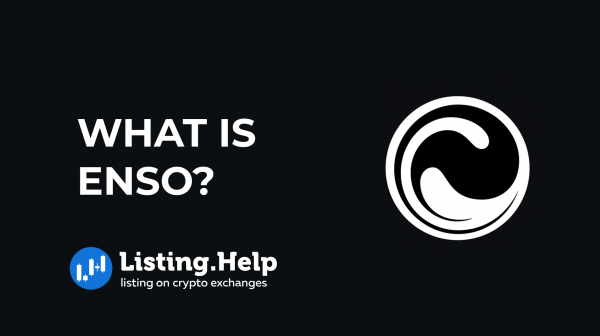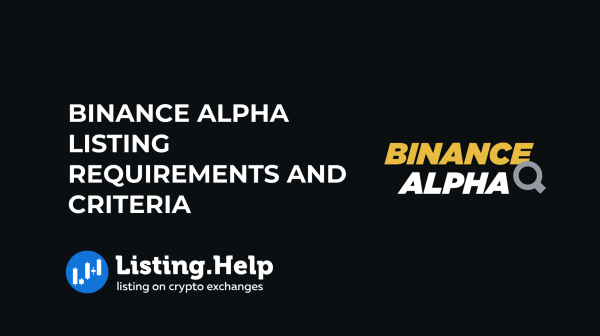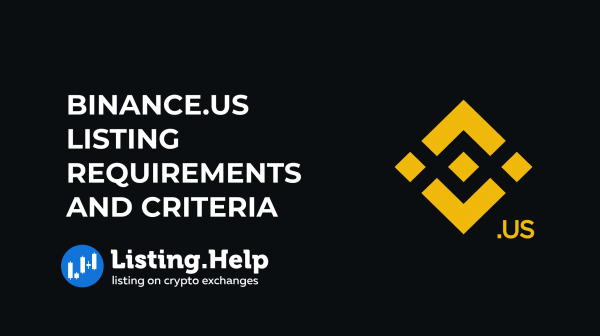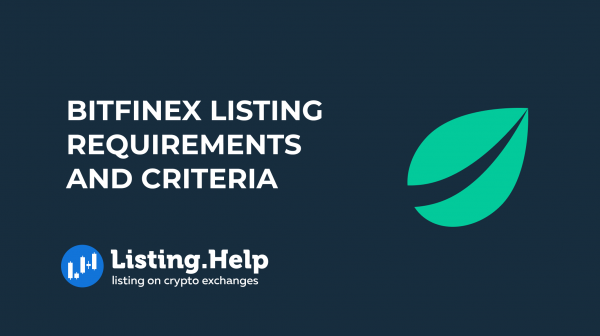What Is ZKsync and How Does It Work?
 June 24, 2024
June 24, 2024 Updated: January 27 2025, 06:45
Updated: January 27 2025, 06:45
LEAVE A REQUEST
Launching your own token project? Our experts are ready to help with listing on exchanges, market making, marketing and other solutions
SUBMIT APPLICATIONScalability remains a major challenge for blockchain technology. This term refers to a network’s capacity to manage an increasing number of transactions at the same time. The issue arises when the volume of pending transactions grows, causing networks to slow down and become more expensive to use.
What Is zkSync?
zkSync is a Layer 2 protocol designed to provide scalable, low-cost payments on Ethereum. It utilizes zkRollup technology and focuses on security, user experience, and developer convenience. Launched on the Ethereum mainnet on June 15th, 2020, zkSync 1.0 supports approximately 300 transactions per second (TPS).
Matter Labs, the developer behind zkSync, is now working on zkSync 2.0. This new version aims to support arbitrary smart contracts through both Solidity (via zkEVM) and Zinc, the protocol’s native programming language. Additionally, it seeks to dramatically increase throughput to over 20,000 TPS using zkPorter, a protocol that merges zkRollups with sharding.
With zkSync, Matter Labs is addressing the need for blockchain scalability to support a broad user base. Without widespread adoption, many promising blockchain concepts will likely remain underutilized.
For Matter Labs, scalability encompasses not just transaction throughput but also the overall readiness of blockchain systems to handle millions of users. Their solution, zkSync, emphasizes trustlessness, confidentiality, and speed.
How Does zkSync Work?
1. Aggregating Transactions
zkSync begins by using zk-rollups to gather and bundle multiple off-chain transactions into a single batch. This method reduces the workload on the main Ethereum chain, preventing the need to process each transaction individually.
To visualize this, think of a post office that collects letters, groups them by destination, and then sends them together in bulk. This approach is far more efficient than mailing each letter separately.
2. Using Zero-Knowledge Proofs
Next, zkSync generates zero-knowledge proofs (ZKPs) to validate these transaction batches. ZKPs confirm the authenticity of transactions without revealing their details.
Consider ZKPs like a way to prove you know a secret password without disclosing it. For example, if Alice needs to prove she knows a secret club’s password, she can answer specific questions that only someone with the password would know, without ever saying the password itself.
3. Submitting Proofs to Ethereum
Finally, these ZKPs are submitted to the Ethereum mainnet for verification. Once they pass the Ethereum network’s checks, the transactions are recorded and confirmed on the blockchain, making them official and secure.
ZK Token
ZK tokens enable users to participate in zkSync’s governance by providing voting power. This power is activated through delegation. Here’s how it functions:
– To activate voting power, you delegate your ZK tokens to a zkSync address. This can be either your own address or someone else’s.
– The address holder becomes a Delegate, authorized to vote on governance proposals.
– Delegating doesn’t transfer token ownership; it simply activates the voting power for the chosen address.
– Token holders can change their delegation at any time, and it remains in effect until it is modified or the tokens are transferred.
– Delegation is indivisible; all voting power in one wallet is delegated to a single address.
Sybil Attacks and Community Criticism
The zkSync airdrop has stirred controversy in the cryptocurrency community, with questions about its fairness and execution.
Many users have criticized the airdrop for its inadequate measures against Sybil attacks. They argue that the eligibility criteria could be easily exploited, allowing people to create multiple wallets to receive more tokens.
In response, zkSync developers explained that they avoided overly strict Sybil detection methods to prevent excluding genuine users. Instead, they used value scaling and multipliers to identify potential Sybil attacks while focusing on real users.
Some critics also claimed that the distribution of ZK tokens was unfair. They argued that the cap of 100,000 ZK tokens per address was too low, reducing rewards for those deeply involved in the zkSync ecosystem. Additionally, some users said they received nothing despite meeting the eligibility criteria and using zkSync products for years.
To address these issues, zkSync emphasized its strategy to reward active participants. The team highlighted that 89% of the airdropped tokens went to users who actively engaged with zkSync Era.
zkSync vs. Optimistic Rollups
Security Mechanism
Optimistic rollups assume all transactions are valid initially. They rely on nodes to check transactions post-processing, correcting any issues that are reported. This method depends on human actors, which can lead to errors.
In contrast, zkSync uses zero-knowledge proofs (ZKPs) to ensure transaction security. This method offers a higher level of accuracy compared to optimistic rollups.
Settlement Time
Optimistic rollups have a 7-day challenge period due to their initial assumption that all transactions are valid. Transactions can only be corrected if disputed, and they are not finalized until this period ends, resulting in slower settlement times.
zkSync, on the other hand, uses ZKPs to verify transactions immediately. Once verified by the nodes, transactions are finalized, eliminating the need for a challenge period and enabling faster settlement times.
Benefits of zkSync
Scalability
zkSync improves Ethereum’s scalability by handling transactions off-chain with zk-rollups. This approach reduces transaction fees and speeds up processing times. Consequently, zkSync enables Ethereum to accommodate more users and decentralized applications (DApps).
EVM Compatibility
zkSync’s compatibility with the Ethereum Virtual Machine (EVM) allows developers to migrate their existing DApps to zkSync with minimal adjustments. This eases the transition and encourages adoption of zkSync’s scaling solutions.
Conclusion
Utilizing zero-knowledge rollups (zk-rollups) and zero-knowledge proofs (ZKPs), zkSync serves as a Layer-2 scaling solution that enhances transaction speed and lowers costs on the Ethereum network. Unlike optimistic rollups, zkSync offers superior security and quicker settlement times. Additionally, its EVM compatibility simplifies the learning curve for developers, promoting easier adoption of its scaling solutions.

For more insights into blockchain and cryptocurrency landscape, visit our blog at https://listing.help/blog




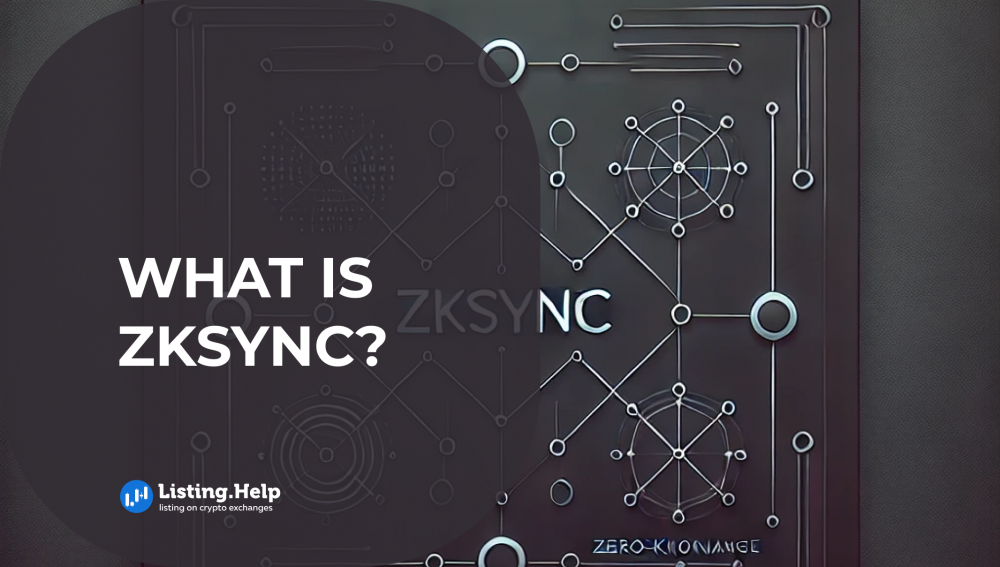

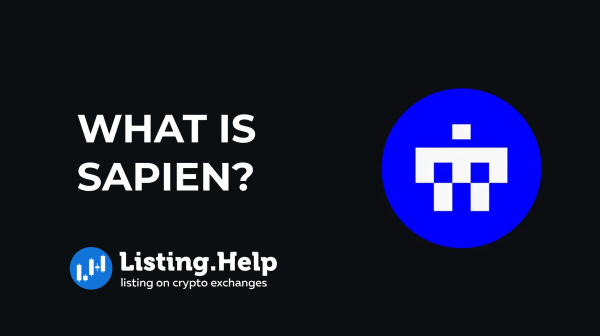
 December 15, 2025
December 15, 2025 
